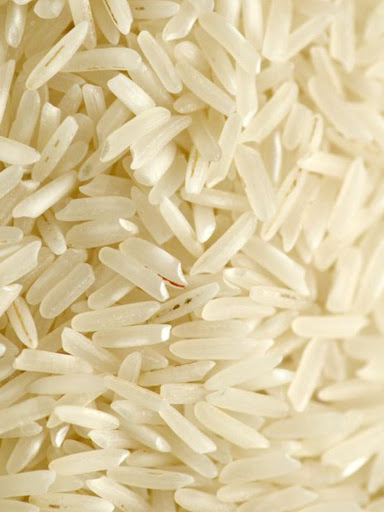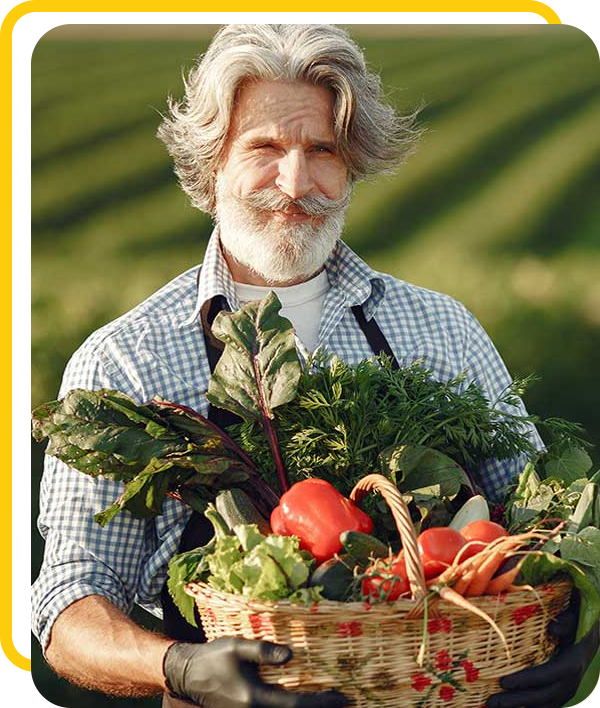Wind Solar Energy
Special wedding garments are often worn, and the ceremony is sttimes followed by a wedding reception. Music, poetry, prayers, or readings.
At Graan International, our commitment to purity is unwavering. We prioritise the well-being of your farm animals and ensure that they are fed only the highest- quality feed. Our Rhodes Grass Hay is cultivated on our own farms, guaranteeing its freedom from any harmful additives. This superior feed is ideally suited for regions receiving an annual rainfall of 600 mm or more. Here are several advantages associated with the natural cultivation of Rhodes Grass Hay.
Place of Origin: Pakistan
Colour:Lush Green
Scientific Name:Chloris Gayana
Type:Hay
Grass Variety:Finecut

Quality Of RHODE GRASS |
||
| Moisture Content | : | 9% - 10% MAX |
| CRUDE PROTEIN | : | 9% |
| CRUDE FIBER | : | 29%-30% |
| ADMIXTURE | : | NONE |
| TOTAL AFLATOXIN (PPB) | : | 10% |
| TOTAL ENDOPHYTE (PPB) | : | ENDOPHYTE FREE |
Key Features: Of Wheat Bran |
|||
| 1. | Nutrient-Rich | : | Rhode grass is a natural source of essential nutrients, including protein, fiber, vitamins, and minerals, making it an ideal forage option for livestock. |
| 2. | High Fiber Content | : | With a significant crude fiber content, Rhode grass promotes healthy digestion in ruminant animals like cattle, sheep, and goats. |
| 3. | Palatability | : | Livestock find Rhode grass highly palatable, ensuring they consume their feed with enthusiasm and maintain good appetite. |
| 4. | Sustainability | : | Our Rhode grass is cultivated using sustainable agricultural practices, promoting eco-friendly forage production. |
| 5. | Quality Assurance | : | We adhere to stringent quality control measures, and our wheat bran undergoes rigorous testing to meet international standards. |
| 6. | Packing | : | Our wheat bran is available in various packaging options, including bulk shipments, bags, and customized packaging to suit your specific needs. |
| 7. | Storage | : | Store wheat bran in a cool, dry place, away from direct sunlight and moisture. Proper storage ensures the product's extended shelf life and maintains its nutritional value. |
| 8. | Applications | : | Wheat bran is widely used as a supplement in animal feed formulations to enhance the nutrient profile and support the growth and health of livestock. |
| 9. | Contact Us Today | : | Explore the nutritional benefits of our premium wheat bran. Contact our dedicated team at GRAAN INTERNATIONAL to discuss your requirements, request samples, or place an order. We are committed to providing you with the highest quality wheat bran to meet the nutritional demands of your livestock. |

Special wedding garments are often worn, and the ceremony is sttimes followed by a wedding reception. Music, poetry, prayers, or readings.
Special wedding garments are often worn, and the ceremony is sttimes followed by a wedding reception. Music, poetry, prayers, or readings.
Special wedding garments are often worn, and the ceremony is sttimes followed by a wedding reception. Music, poetry, prayers, or readings.
Animal feed pellets are a common form of animal feed that are produced through the process of palleting. Pelleted feed is popular amongst the farmers and animal owners because it is easier to store, transport, and feed to animals than traditional loose feed. Animal feed pellets are made from a variety of ingredients, including grains, protein sources, vitamins, and minerals.
Yellow Maize is one of the most important grain after rice and wheat. Corn provides nutrition for both human and animals, and also used for the production of starch, oil, protein and food sweeteners. The demand of Pakistan Yellow maize corn has increased all around the world over a period of time as increase in consumption of meat, as Corn is used for animal feed for healthier growth.
Super Basmati White Aromatic Rice stands apart. It is predominantly cultivated in the Himalayan hills. This well-known rice is easily identified by its length, which is four times greater than its width. Pakistan produces more than 2.5 million tones of basmati rice in total. It is eaten by 30% of the total production, with the rest exported to other regions of the world.